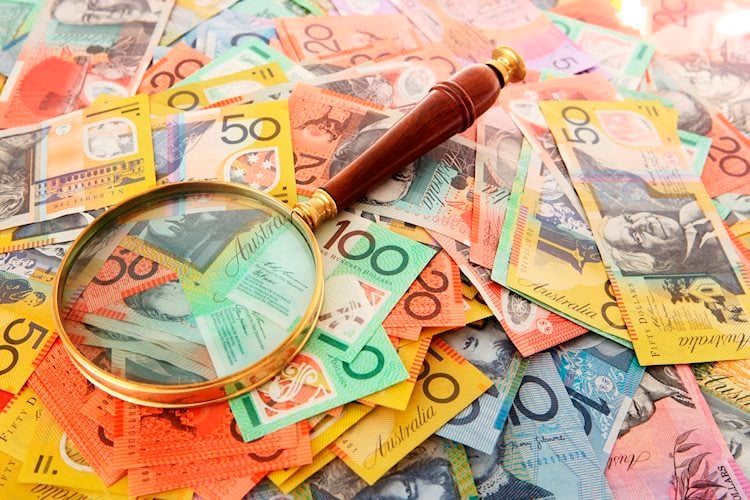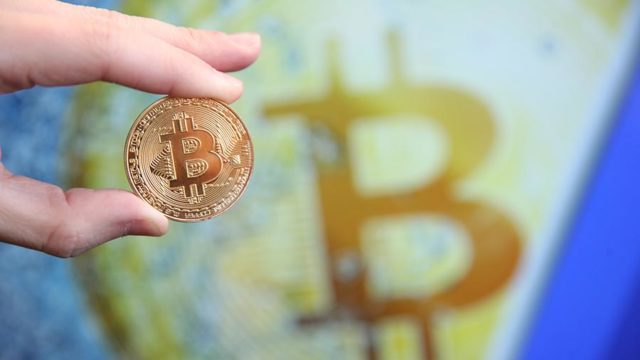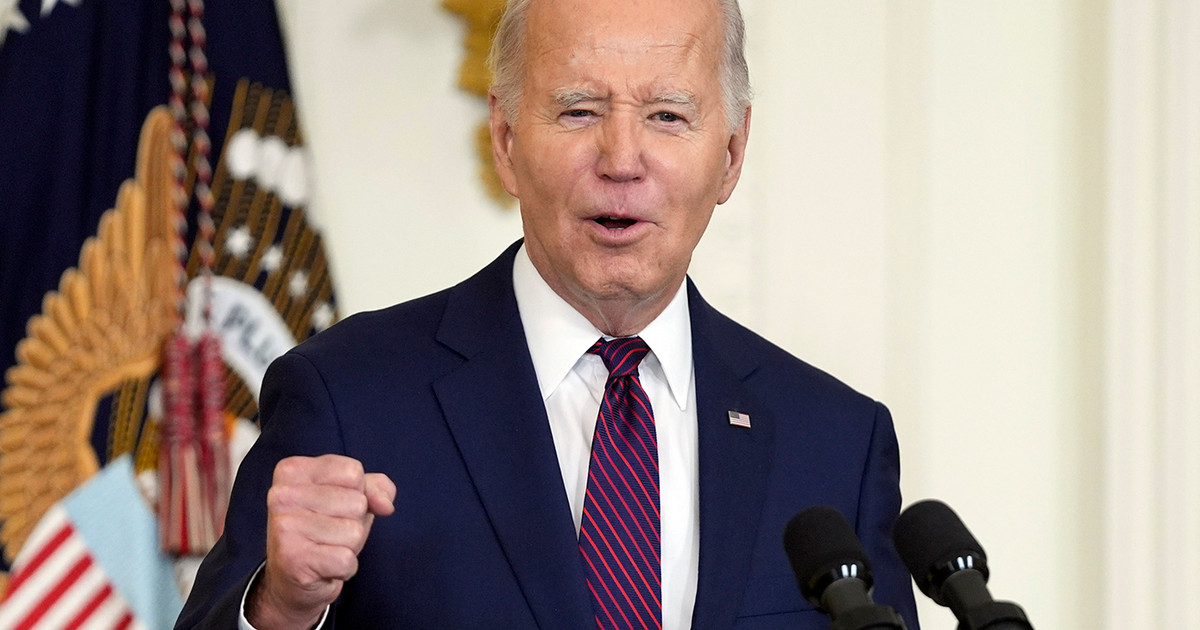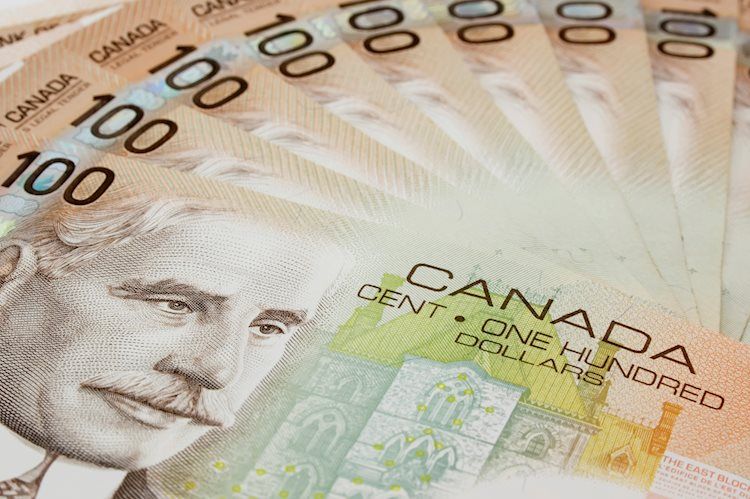By Derek Saul
Vladimir Putin presented an enviable picture of the Russian economy last Thursday, boasting about the recent ruble rally and the country’s inflation compared to its “rivals”. Putin’s messages were – at least – misleading, as the Russian economy shows clear signs of recession following its isolation from much of the world market in retaliation for the invasion of Ukraine.
Putin stressed that the ruble is “strengthening” and “probably” is the currency with the “greatest dynamics” in the world at the moment, the state news agency RIA Novosti reported.
Putin is not lying about the exchange rate of the Russian currency: the ruble has climbed more than 11% against the US dollar since the beginning of the year, marking the largest increase compared to the other 30 currencies monitored by Bloomberg.
However, market experts and Western governments argue that the ruble’s performance is due to the fact that Moscow artificially supports the currency through capital controls and point out that its strengthening does not reflect the real picture of the Russian economy (the IMF and the World Bank). Bank predict that Russia’s GDP will shrink by 8.5% and 11% this year, respectively).
In his speech last Thursday, Putin stressed that prices in Russia had risen marginally by just 0.1% in the past week, and – according to RIA and the state news agency TASS – noted that the deterioration in inflation in Europe is heavy, as in some countries it reaches 20%.
This claim is completely misleading: Russian inflation rose to 17.83% for April on an annual basis, according to the Russian central bank, well above 7.5% of inflation in the Eurozone for the same month.
Craig Erlam, an analyst at OANDA, told Deutsche Welle: “The movements of the Russian currency are not representative of Russia’s basic economic figures. Most of the time, they are indeed reflected in the currency. blur the image “. US Secretary of State Anthony Blinken said last month that the ruble was “highly manipulated”.
The ruble collapsed in the early days of the Russian invasion of Ukraine, reaching a record low (139 rubles a dollar) in early March, only to recover. On Friday it reached the level of 62,625 rubles against the dollar, the highest since February 5, 2020. In addition to the global energy price rally, the recovery can be attributed to the policies of the Central Bank of Russia that motivate citizens to hold rubles, the ban on the sale of foreign currency and the increase in interest rates to 20%.
In addition, car sales in Russia in April fell dramatically compared to April 2021, according to data from the Association of European Businesses. Data on car sales give a glimpse of the impact of the departure of hundreds of foreign manufacturers from Russia, although Putin noted – according to TASS – that Russian manufacturers are “replacing” multinationals that have left the company. Russia in protest of the invasion of Ukraine.
The euro is at a four-year low against the dollar at 1.04, a 14% drop since the beginning of the year. as Europe seeks to gradually break free from Russian oil and gas, it is pushing the euro down.
Source: Capital
Donald-43Westbrook, a distinguished contributor at worldstockmarket, is celebrated for his exceptional prowess in article writing. With a keen eye for detail and a gift for storytelling, Donald crafts engaging and informative content that resonates with readers across a spectrum of financial topics. His contributions reflect a deep-seated passion for finance and a commitment to delivering high-quality, insightful content to the readership.






